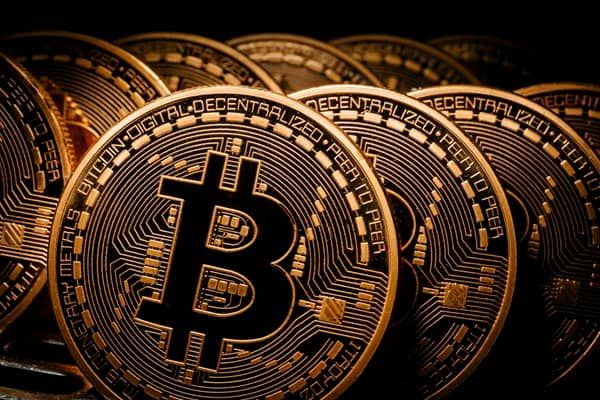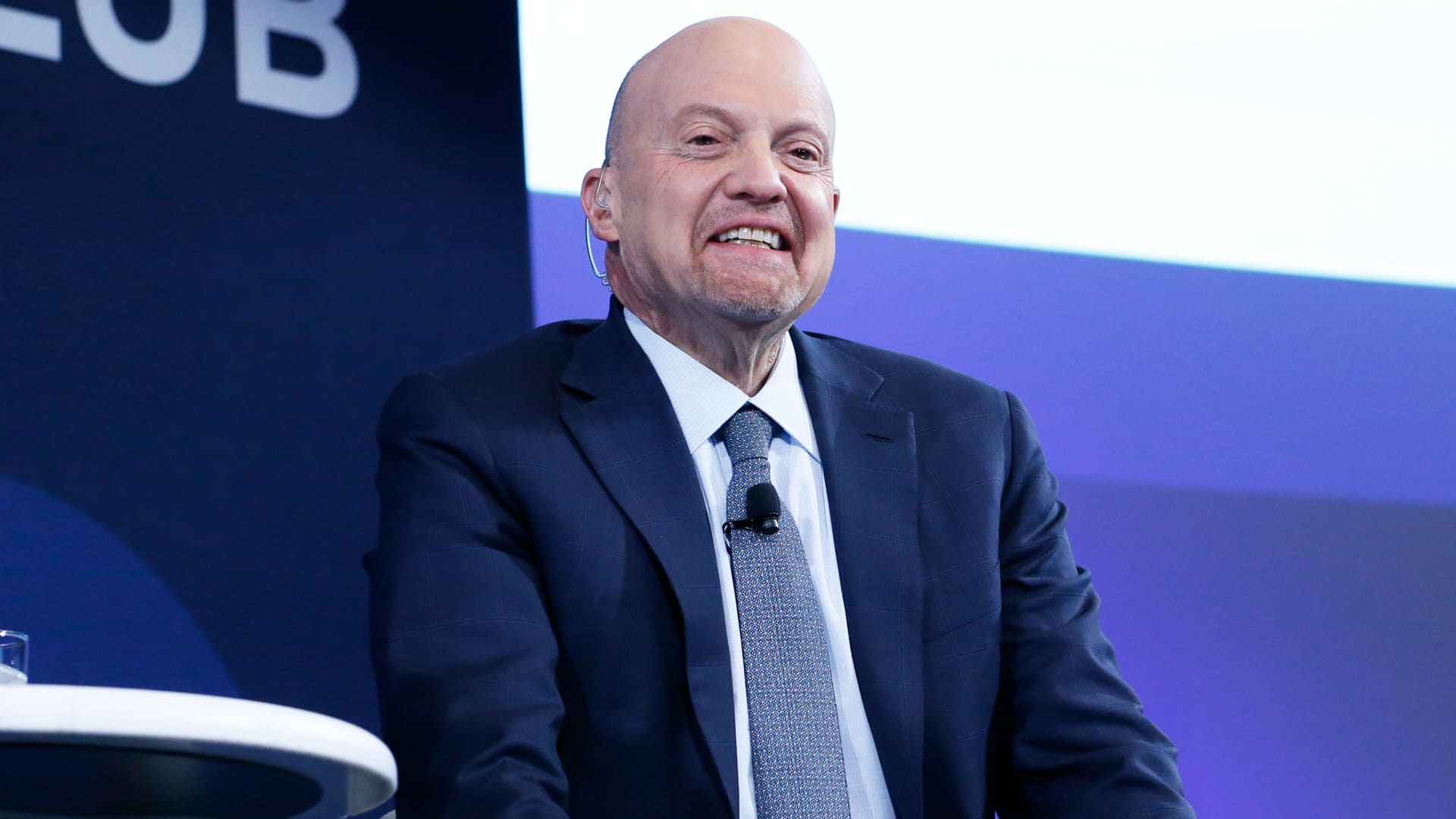Bitcoin, the pioneering cryptocurrency, remains a subject of excessive hobby and analysis. Its value, stated for its volatility, is motivated by a myriad of factors that form its fee moves each day. Understanding those factors is essential for buyers, shoppers, and all of us curious about the cryptocurrency market. Understanding the factors that influence Bitcoin’s value is essential for navigating the market. Platforms like biffy.ai offer seamless trading services, helping you stay connected with current market trends and execute transactions efficiently.
Market sentiment
Investor perception
Investor sentiment is one of the largest elements influencing Bitcoin’s price. The collective temper of market individuals, driven by information, tendencies, and mental elements, can cause fast fee changes. Positive sentiment, fueled by favorable news which includes institutional investments or regulatory recognition, frequently drives Bitcoin’s charge upward. Conversely, negative sentiment bobbing up from regulatory crackdowns or security breaches can cause sharp declines.
Social media and news impact
Social media systems and news retailers play an important role in shaping investor sentiment. Information and rumors unfold quickly online, affecting public perceptions of Bitcoin. Influential figures and distinguished buyers voicing help or complaints can notably affect marketplace dynamics. Monitoring facts, assets, and social media trends gives insights into prevailing sentiments and market shifts.
Economic indicators
Inflation and economic uncertainty
Bitcoin is regularly taken into consideration as a hedge against inflation and financial instability. In instances of rising inflation or monetary uncertainty, buyers can also turn to Bitcoin as a shop of fees, driving up its rate. Economic situations that encompass hobby expenses, fiscal policies, and standard monetary health may have an effect on Bitcoin’s appeal as a potential asset.
Global economic conditions
Global financial elements, which include geopolitical occasions, changing tensions, and macroeconomic dispositions, impact Bitcoin’s rate. Economic instability or crises can result in expanded interest in Bitcoin as a safe haven. Conversely, periods of financial stability may reduce the demand for Bitcoin as a hedge, affecting its charge.
Regulatory developments
Legislation and policy changes
Regulatory trends have a profound effect on Bitcoin’s price. Positive regulatory information, which includes favorable laws or endorsements via financial establishments, can enhance Bitcoin’s price by increasing its legitimacy and adoption. On the other hand, restrictive guidelines or outright bans in number-one markets can create uncertainty and negatively affect Bitcoin’s fee.
Government and Institutional Stances
Government policies and institutional stances inside the path of Bitcoin have an impact on marketplace self-belief. Statements from essential banks, financial regulators, and authority officers concerning cryptocurrency can bring about full-size price actions. Understanding the regulatory surroundings is important for assessing the capabilities, dangers, and possibilities in the Bitcoin market.
Technological advancements
Network upgrades and innovations
Technological trends in the Bitcoin environment can affect its value. Upgrades to the Bitcoin community, consisting of improvements in scalability, protection, or transaction efficiency, can decorate its capability and beauty.
Security and technical issues
Security vulnerabilities and technical troubles can affect Bitcoin’s fee. Reports of hacking incidents, community insects, or special problems can undermine self-perception and lead to rate declines. Conversely, improvements in protection and technology can enhance Bitcoin’s reliability and enchantment, sincerely impacting its price.
Market dynamics
Supply and demand
The basic economic precept of deliver and contact plays a full-size role in identifying Bitcoin’s rate. Bitcoin’s delivery is capped at 21 million cash, creating a scarcity impact. As demand fluctuates, the price of bitcoin responds accordingly.
Market liquidity
Market liquidity, or the advantage with which Bitcoin may be offered or provided without affecting its fee, influences its fee. High liquidity often results in smoother price moves and reduced volatility. Low liquidity can result in extra charge swings and ability challenges in executing huge trades.
Institutional and retail investment
Institutional interest
Institutional buyers, including hedge price ranges, publicly traded agencies, and investment corporations, have more and more entered the Bitcoin market. Their participation can provide balance and strain Bitcoin’s price through superinvestments.
Retail investor behavior
Retail traders also play a large role in Bitcoin’s fee. Their trading activity, driven by speculation, trends, and market sentiment, can have an impact on quick-term charge actions. Understanding retail investor behavior and dispositions can offer insights into capacity market shifts and price adjustments.
Market speculation and trading
Speculative trading
Speculative buying and selling contributes to Bitcoin’s volatility. Traders and customers on the lookout to capitalize on short-term price actions can reason for speedy fluctuations in Bitcoin’s price.
Technical analysis
Technical evaluation, the use of ancient fee information and chart patterns, is a common approach for predicting Bitcoin’s future price movements. Traders use several signs, symptoms, and equipment to analyze marketplace developments and make knowledgeable selections.
Conclusion
The modern value of Bitcoin is formed by a complicated interplay of factors, including market sentiment, financial signs, regulatory trends, technological advancements, and marketplace dynamics. Understanding those elements is critical for navigating the Bitcoin market and making knowledgeable decisions. By staying knowledgeable about cutting-edge developments, tracking marketplace traits, and studying key signs, traders can better manage dangers and capitalize on opportunities in the dynamic international market of Bitcoin.








